The challenge from RCEP is the driving force for Vietnam to rise above its commitments
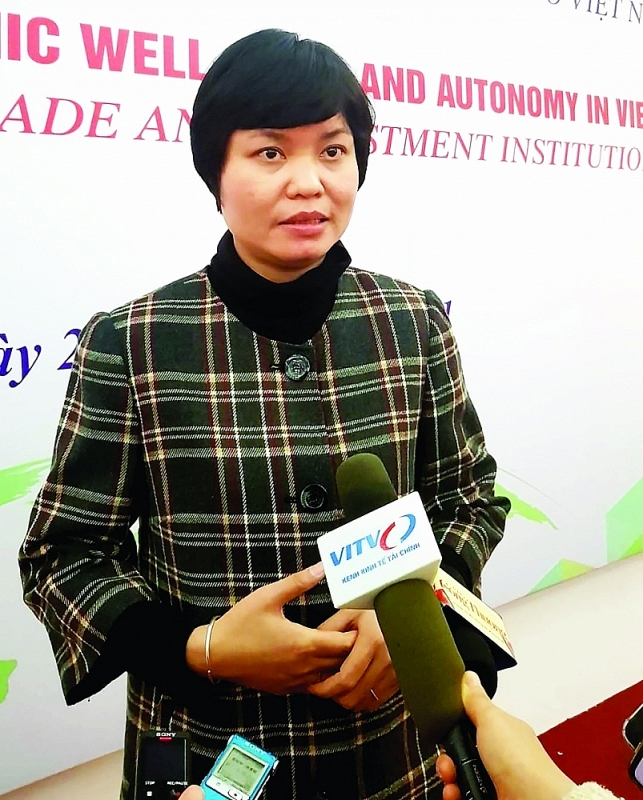 |
| Nguyen Thi Thu Trang, Director of WTO and Integration Center- Vietnam Chamber of Commerce and Industry (VCCI) |
RCEP is a new agreement with many opportunities but even greater challenges. Concerns about challenges brought by RCEP focus on two factors, firstly, the major partners of RCEP are partners we currently have a huge trade deficit with and have a relatively similar economic structure to compete with Vietnam, so the challenge from the trade deficit may be very big in the future. Secondly, although RCEP is a new generation trade agreement, the requirements and standards in RCEP are lower than agreements we have recently joined such as CPTPP and EVFTA. As a result, there are concerns that the low standards in the RCEP may cause Vietnam to lose its incentive to reform institutions. In addition, low requirements from RCEP partners can cause enterprises to lose the motivation and interest to improve product quality to meet increasingly demanding requirements of the world market. Enterprises just need to be easy and content with the requirements of the RCEP will be very dangerous.
Another challenge is to increase the trade deficit. Because the domestic manufacturing industry will face the biggest challenge goods from other countries can be brought into Vietnam with lower tax rates. If enterprises from partners in RCEP do not adjust their prices before import tax, their goods will still be more price competitive when entering Vietnam and could put pressure on the trade deficit.
Increasing the trade deficit on the one hand can put pressure on the balance of payments and foreign exchange market, affecting the macroeconomic situation and room of monetary policy in Vietnam - which is always interested in recent decades. On the other hand, even if the increased trade deficit from the RCEP could be offset by trade surpluses from other markets, the risk of Vietnam's exports being investigated for tax evasion still exists, affecting operate exports at both the policies and enterprises.
Does this mean that RCEP has higher requirements for improving the commercial and investment institutions than the CPTPP or EVFTA?
Considering from commitment, requirements are lower but in terms of our needs, we should not stop at commitments but need to meet higher commitment to take advantage of opportunities. For example, to take advantage of the tariff opportunities, the procedures will have to be more favourable, the pressures and challenges from the RCEP will be the driving force to rise above commitments and not just stop at requirements such as in the commitments.
For the above challenges, how should the Government and enterprises be prepared?
RCEP pushes us to make changes. For State agencies, how to balance commercial activities as well as how to attract quality investment from RCEP to utilise effectiveness of not only RCEP but also other trade agreements must be done.
The pressure from the RCEP pushes Government agencies, ministries and branches to work faster and more strongly, restructure the economy, develop a clear industrial policy and specifically define the priority industries, as well as measures to promote industrial policies that have been in place for years.
Defining key industries and supporting industries for those industries will have to be performed.
It is necessary to reform the business environment to most effectively and essentially unleash the competitiveness of firms because the competition from RCEP partners will be much stronger not only in the domestic market but also in foreign markets. For example, with Japan, before without RCEP, we did not have to compete too much with China because we have the advantage of existing agreements with Japan, but when RCEP comes into effect, China will have advantages and competitive pressures in these markets will be greater.
In addition, it is also necessary to control the inflows of foreign investment to attract good investment capital flows and the production chain shifting under the impact of trade tensions or Covid-19. It is possible that foreign investment sources disguised in Vietnam will put pressure on the Government, ministries and local branches to change the way of controlling foreign investment flows. Although we have enough mechanism and processes, the implementation is not good. We cannot choose investors by nationality but need to look at other factors like technical standards so that we can evaluate and choose the investors exactly. These are the issues the Government will need to do.
Enterprises will have to change faster and more fully, not with a short-term vision like before. Enterprises themselves also realise that in the present era, doing business is not doing business with one market but doing business with the world. The easygoing markets are no longer easy, they will have to be ready for new elements. These are the factors for sustainable development.
| Currently, Vietnam has a comparative advantage over China thanks to the Vietnam - Japan Agreement (VJEPA), Vietnam - Korea (VKFTA) and the ASEAN + 1 agreements. With RCEP, China has more tax incentives when exporting to these markets and will increase competition with Vietnam and ASEAN countries. |
Related News
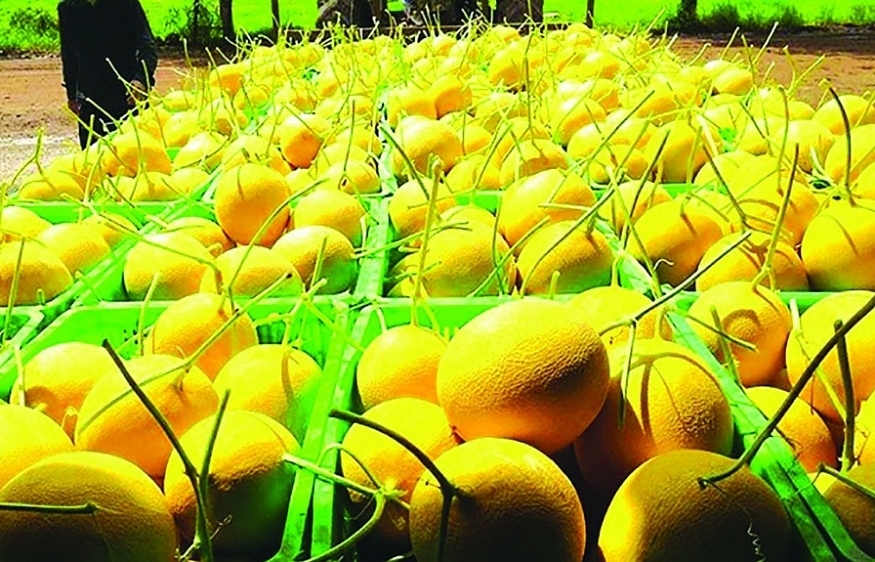
Accelerating official fruit and vegetable exports to China
13:43 | 04/12/2024 Import-Export
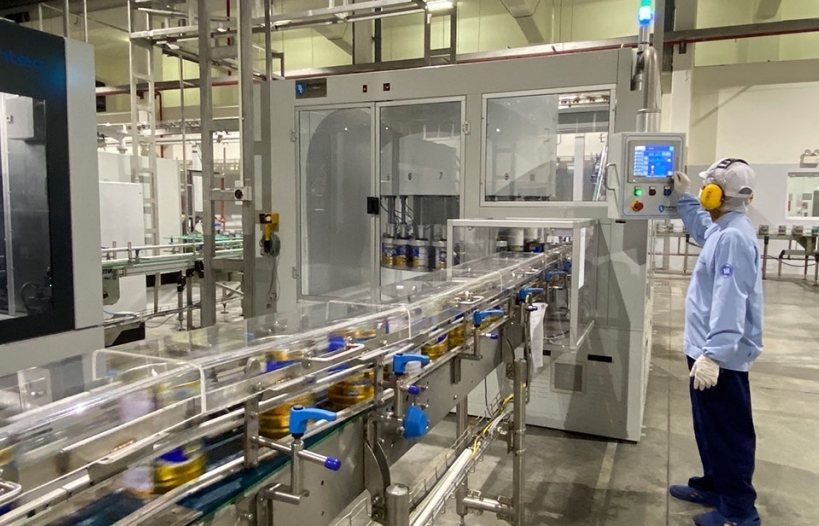
Green transformation: It's time to force businesses to "get involved"
09:23 | 25/11/2024 Headlines

Imports of textile and footwear materials soar amid robust industry growth
13:44 | 03/12/2024 Import-Export
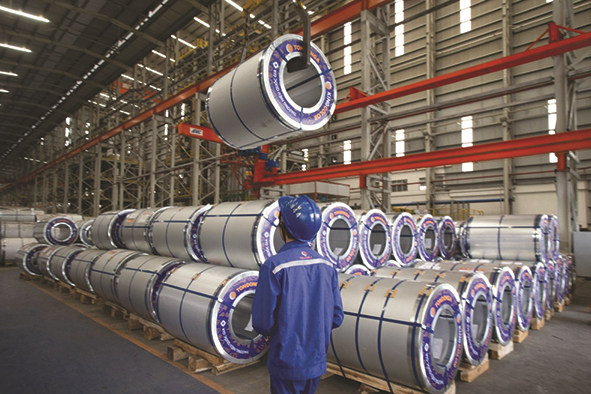
Accelerating investment to meet "green" standards
09:02 | 24/11/2024 Import-Export
Latest News

Export tax to increase for 13 construction materials
14:31 | 27/12/2024 Import-Export

Building a brand to elevate Vietnamese rice
10:52 | 27/12/2024 Import-Export

FTA Index helps measure the effectiveness of FTA implementation
10:51 | 27/12/2024 Import-Export

Nghệ An Province anticipates record FDI amidst economic upswing
15:49 | 26/12/2024 Import-Export
More News

Green farming development needs supportive policies to attract investors
15:46 | 26/12/2024 Import-Export

Vietnamese enterprises adapt to green logistics trend
15:43 | 26/12/2024 Import-Export

Paving the way for Vietnamese agricultural products in China
11:08 | 26/12/2024 Import-Export

VN seafood export surpass 2024 goal of $10 billion
14:59 | 25/12/2024 Import-Export

Exporters urged to actively prepare for trade defence investigation risks when exporting to the UK
14:57 | 25/12/2024 Import-Export

Electronic imports exceed $100 billion
14:55 | 25/12/2024 Import-Export

Forestry exports set a record of $17.3 billion
14:49 | 25/12/2024 Import-Export
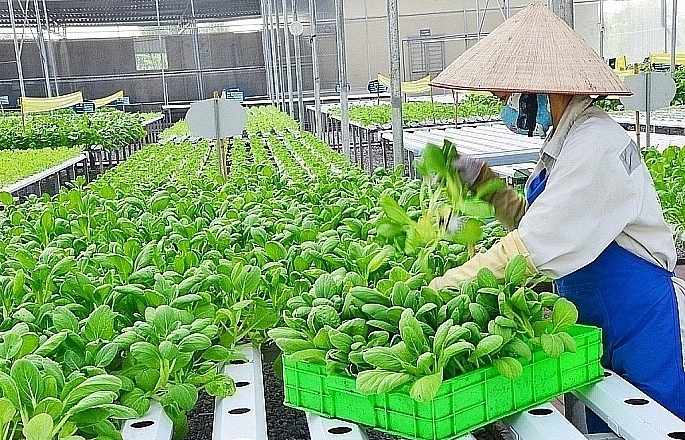
Hanoi: Maximum support for affiliating production and sustainable consumption of agricultural products
09:43 | 25/12/2024 Import-Export

Việt Nam boosts supporting industries with development programmes
13:56 | 24/12/2024 Import-Export
Your care

Export tax to increase for 13 construction materials
14:31 | 27/12/2024 Import-Export

Building a brand to elevate Vietnamese rice
10:52 | 27/12/2024 Import-Export

FTA Index helps measure the effectiveness of FTA implementation
10:51 | 27/12/2024 Import-Export

Nghệ An Province anticipates record FDI amidst economic upswing
15:49 | 26/12/2024 Import-Export

Green farming development needs supportive policies to attract investors
15:46 | 26/12/2024 Import-Export





